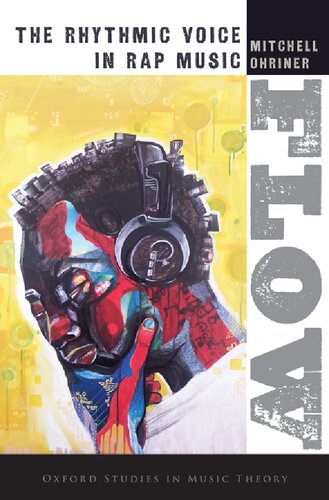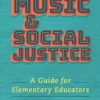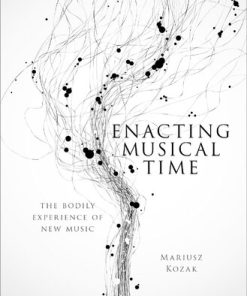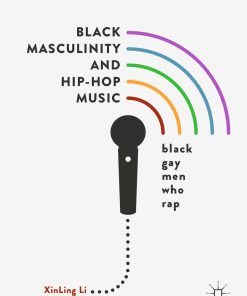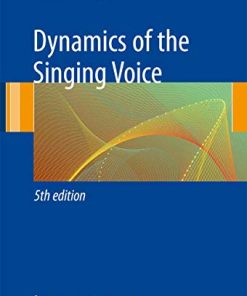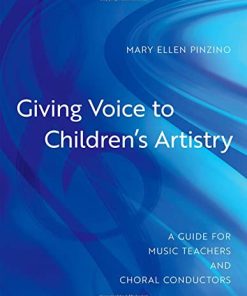Flow: The Rhythmic Voice in Rap Music Mitchell Ohriner
$50.00 Original price was: $50.00.$25.00Current price is: $25.00.
Flow: The Rhythmic Voice in Rap Music – Ebook Instant Download/Delivery ISBN(s): 9780190670412,019067041X
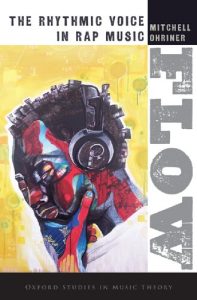
Product details:
- ISBN-10 : 019067041X
- ISBN-13 : 978-0190670412
- Author(s): Mitchell Ohriner
From its dynamic start at dance parties in the South Bronx in the late 1970s, hip hop and rap music have exploded into a dominant style of popular music in the United States and a force for activism and expression all over the world. So, too, has scholarship on hip hop and rap music grown. Yet much of this scholarship, employing methods drawn from sociology and literature, leaves unaddressed the expressive musical choices made by hip hop artists. Fundamental among these choices is the rhythm of the rapping voice, termed “flow.”
Flow presents unique theoretical and analytical challenges. It is rhythmic in the same way other music is rhythmic, but also in the way speech and poetry are rhythmic. For the first time, Mitchell Ohriner’s Flow: The Rhythmic Voice in Rap Music reconciles approaches to key concepts of rhythm, such as meter, periodicity, patterning, and accent, treated independently across other branches of scholarship. Ohriner theorizes flow by weaving between the methods of computational music analysis and humanistic close reading. Through the analysis of large collections of verses and individual tracks, the book addresses theories of rhythm, meter, and groove in the unique ecology of rap music. In a series of case studies in the second half, the work of Eminem clarifies how flow can relate to text, the work of Black Thought of The Roots clarifies how flow can relate to other instrumental streams, and the work of Talib Kweli clarifies how flow can relate to rap’s persistent meter. While Ohriner focuses on rap music throughout the book, the methods he introduces will be useful for other musical genres that feature the voice freely interacting with a more rigid metric framework.
Table contents:
Part I Representing Flow
1. Flow in Rap Music: Sources of Confusion and a Strategy for Clarity
1.1 Defining the Scope of Flow
1.2 Sources of Confusion in Representing Flow
1.3 A Source of Clarity: Flipping the Flow
1.4 Representing Flow
2. A Corpus for Rap Music Analysis
2.1 Motivating the Need for a Corpus
2.2 Building a Corpus of Rap Verses
2.3 Representing Flow’s Primary Constituents
3. From Rhythm to Accent, from Sound to Rhyme
3.1 Representing Accent
3.2 Representing Rhyme
4. From Accent to Vocal Groove
4.1 Comparing the Demo and Released Versions of Eminem’s “Lose Yourself”
4.2 Comparing Groove and Vocal Groove
4.3 Seven Vocal Groove Classes
4.4 A Fuzzy Model of Groovy Listening
4.5 Groove-Class Usage in Rap’s Flow
5. Features of Flow in the Genre and the Artist
5.1 Stylistic Analysis: Global Features of Flow
5.2 Critical Analysis: Situating Black Thought of The Roots within the Genre as a Whole
Part II Three Flows
6. Flow, Metric Complexity, and Text in Eminem
6.1 Vocal Groove: A Refresher
6.2 Groove and Metric Complexity in Eminem’s Flow
6.3 The Complexity–Competency Nexus in Selected Verses and Tracks
6.4 The Complexities of Complexity
7. Flow, Groove, and Beat in Black Thought
7.1 Beat to Flow and Back Again
7.2 Flow–Beat Divergence
7.3 Flow–Beat Convergence on a Formal Process
7.4 Flow–Beat Convergence with a Temporal Difference
7.5 Cycles of Interaction
8. Flow and Free Rhythm in Talib Kweli
8.1 Does Talib Kweli Rhyme Off-Beat?
8.2 Visualizing and Measuring Flow–Beat Non-Alignment
8.3 Types of Non-Alignment
8.4 An Off-Beat Flow
8.5 Non-Alignment and Rupture
Appendix 1. Artists in the Genre-Wide Corpus
Appendix 2. Annotating Non-Quantized Flow
Glossary
Discography
Works Cited
Index
People also search:
flow the rhythmic voice in rap music
what is flow in music
what does a rhythmic flow promote
what is rhythm and flow
what is flow in speaking
voice rhythm definition
voice rhythm
You may also like…
Arts - Music
Politics & Philosophy - Social Sciences
Black Masculinity and Hip-Hop Music Black Gay Men Who Rap 1st edition
Poetry - American Poetry
Complex Inferiorities: The Poetics of the Weaker Voice in Latin Literature 1st Edition
History - World History
Voice, Slavery, and Race in Seventeenth-Century Florence 1st Edition
Uncategorized
Arts - Study & Teaching
Uncategorized
Animals & Pets - Animal Care & Pets
The Donkey in Human History: An Archaeological Perspective Peter Mitchell
Uncategorized
(EBook PDF) Cherished by the Agent 1st edition by Kennedy Mitchell 979-8361434930 full chapters


